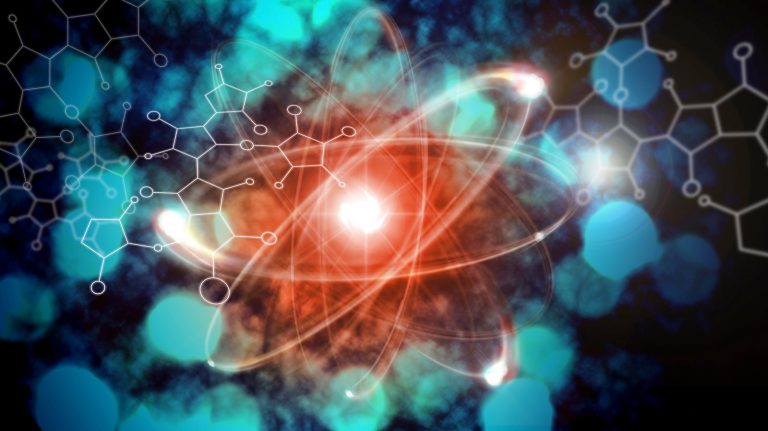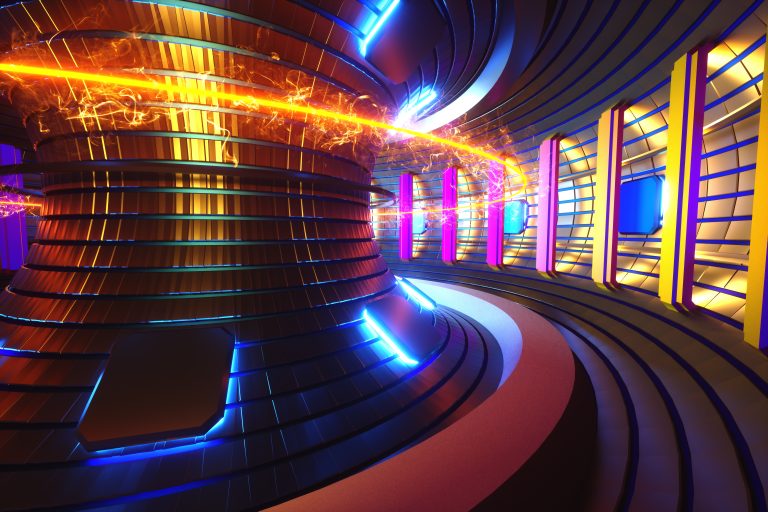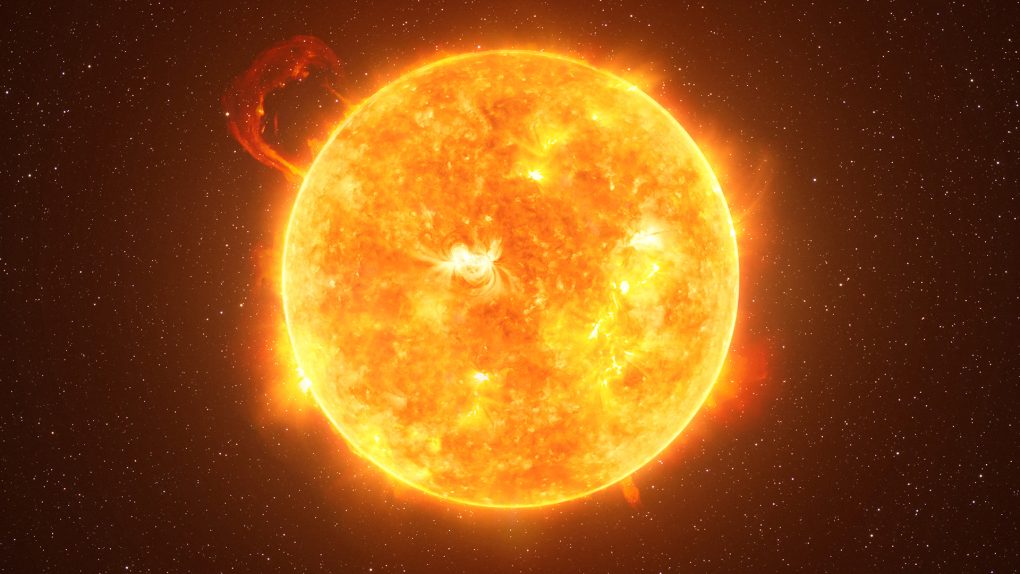If you purchase an independently reviewed product or service through a link on our website, BGR may receive an affiliate commission.
Last week, China switched on a nuclear fusion reactor. The “artificial sun” is known as the Experimental Advanced Superconducting Tokamak (or EAST for short). After turning it on, China noticed record high levels for sustained temperatures. According to China’s state media, the EAST reactor ran five times hotter than the real Sun for over 17 minutes.
China’s artificial sun is a bid for clean energy

China says its overall goal with the nuclear fusion reactor is to provide near limitless clean energy. The hope is that the reactor can mimic the natural reactions that occur within stars like the Sun. The idea is one that has been proposed for years. However, creating a working artificial sun has proven to be difficult, despite decades of research. This latest run, though, could help China break through the walls that have been holding back researchers for years.
“The recent operation lays a solid scientific and experimental foundation towards the running of a fusion reactor,” Gong Xianzu, one of the experiment’s leaders and a researcher with the Institute of Plasma Physics of the Chinese Academy of Sciences said. (via The Independent)
If China can continue work on its artificial sun, we could see more breakthroughs in the future. 17 minutes might not sound like long, but when you have something running at more than 70,000,000° C for that long, it’s pretty impressive, to say the least. Previously we’ve also seen other artificial suns reach upwards of 100 million degrees, another record level.
How nuclear fusion works

The idea behind nuclear fusion reactors isn’t exactly easy. The entire basis of the idea is built on replicating the physics of the actual Sun. Artificial suns do this by merging atomic nuclei together to generate massive amounts of energy. Researchers are then trying to find ways to transfer all of that energy into electricity. There’s probably a lot more math involved in the actual process, but that’s the basic gist of what scientists are trying to accomplish.
Because artificial suns don’t require any fossil fuels to run, and they also leave behind no hazardous waste, physicists say there is far less risk to the environment. This is especially true when you compare it to other energy sources out there, like nuclear fission reactors.
China isn’t the only country working on creating an artificial sun, either. As mentioned before, the research into the idea has been ongoing for decades at this point. The same team from China’s reactor will also work with a team in Marseille, France. Once completed, the artificial sun in Marseille will be the world’s largest reactor. It’s known as the International Thermonuclear Experimental Reactor (ITER). The United Kingdom also has plans to build its own nuclear fusion power station.
Onlookers were amazed by it
When it debuted, some people in China went outside to see it. It glowed in the sky, as you can see in this video viewed all over Twitter. China looks to change the future of energy.








